使用 BeautifulSoup 从 HTML 中提取数据
介绍
如今,每个人都在谈论数据,以及它如何帮助人们了解隐藏的模式和新见解。正确的数据集可以帮助企业改进营销策略,从而提高整体销售额。我们不要忘记一个流行的例子,即政治家可以在选举前了解公众的意见。数据很强大,但它不是免费的。收集正确的数据总是很昂贵的;想想调查或营销活动等。
互联网是一个数据池,只要具备正确的技能,人们就可以利用这些数据来获取大量新信息。您可以随时将数据复制粘贴到 Excel 或 CSV 文件中,但这也非常耗时且昂贵。为什么不聘请一位软件开发人员,通过编写一些 jiber-jabber 将数据转换为可读格式呢?是的,可以从 Web 中提取数据,这种“jibber-jabber”称为Web Scraping。
根据维基百科,Web Scraping 是:
网络抓取、网络收集或网络数据提取是用于从网站提取数据的数据抓取
BeautifulSoup 是 Python 提供的一个流行的库,用于从网络上抓取数据。要充分利用它,只需要具备 HTML 的基本知识,指南中涵盖了这些知识。
网页的组成部分
如果您了解基本的 HTML,则可以跳过此部分。
任何网页的基本语法是:
<!DOCTYPE html>
<html markdown="1">
<head>
<meta charset="utf-8" />
<meta http-equiv="X-UA-Compatible" content="IE=edge" />
</head>
<body>
<h1 class = "heading"> My first Web Scraping with Beautiful soup </h1>
<p>Let's scrap the website using python. </p>
<body>
</html>
HTML 中的每个标签都可以具有属性信息(即 class、id、href 和其他有用信息),有助于唯一地识别元素。
有关基本 HTML 标签的更多信息,请查看w3schools。
抓取任何网站的步骤
要使用 Python 抓取网站数据,您需要执行以下四个基本步骤:
向要抓取的网页 URL 发送 HTTP GET 请求,该请求将以 HTML 内容作为响应。我们可以使用Python 的Request库来实现这一点。
使用Beautifulsoup获取和解析数据,并将数据保存在某些数据结构(如Dict或List)中。
分析 HTML 标签及其属性,例如 class、id 和其他 HTML 标签属性。此外,识别内容所在的 HTML 标签。
以任何文件格式输出数据,例如 CSV、XLSX、JSON 等。
理解和检查数据
现在您已经了解了基本的 HTML 及其标签,您需要首先检查要抓取的页面。检查是网页抓取中最重要的工作;如果不知道网页的结构,就很难获得所需的信息。为了帮助检查,每个浏览器(如 Google Chrome 或 Mozilla Firefox)都附带一个称为开发人员工具的便捷工具。
在本指南中,我们将与维基百科合作,从按 GDP(名义)列出的国家/地区列表页面中提取部分表格数据。此页面包含一个列表标题,其中包含三个国家/地区表格,这些国家/地区按其排名及其 GDP 值(按“国际货币基金组织”、“世界银行”和“联合国”排序)。请注意,这三个表格包含在一个外部表格中。
要了解您想要抓取的任何元素,只需右键单击该文本并检查该元素的标签和属性。
进入代码
在本指南中,我们将学习如何使用Python和BeautifulSoup进行简单的网络抓取。
安装必需的 Python 库
pip3 install requests beautifulsoup4
注意:如果你使用的是 Windows,请使用pip而不是 pip3
导入必需的库
导入“requests”库来获取页面内容,并导入bs4(Beautiful Soup)来解析HTML页面内容。
from bs4 import BeautifulSoup
import requests
收集并解析网页
下一步,我们将向 url 发出 GET 请求,并在 BeautifulSoup 和 Python 内置“lxml”解析器的帮助下创建一个解析树对象(soup)。
# importing the libraries
from bs4 import BeautifulSoup
import requests
url="https://en.wikipedia.org/wiki/List_of_countries_by_GDP_(nominal)"
# Make a GET request to fetch the raw HTML content
html_content = requests.get(url).text
# Parse the html content
soup = BeautifulSoup(html_content, "lxml")
print(soup.prettify()) # print the parsed data of html
使用我们的 BeautifulSoup 对象,即汤,我们可以继续并收集所需的表数据。
在开始实际的代码之前,让我们先来玩一下汤对象并从中打印一些基本信息:
示例 1:
我们首先打印网页的标题。
print(soup.title)
它将给出如下输出:
<title>List of countries by GDP (nominal) - Wikipedia</title>
要获取没有 HTML 标签的文本,我们只需使用.text:
print(soup.title.text)
这将导致:
List of countries by GDP (nominal) - Wikipedia
示例 2:
现在,让我们获取页面中的所有链接及其属性,例如href、title及其内部文本。
for link in soup.find_all("a"):
print("Inner Text: {}".format(link.text))
print("Title: {}".format(link.get("title")))
print("href: {}".format(link.get("href")))
这将输出页面上所有可用的链接及其提到的属性。
现在,让我们回到正轨并找到我们的目标表。
分析外部表格,我们可以看到它具有特殊属性,包括类为wikitable并且在 tbody 内有两个tr标签。
如果展开tr标签,您会发现第一个tr标签用于所有三个表的标题,下一个tr标签用于所有三个内部表的表格数据。
让我们首先获取所有三个表格标题:
请注意,我们使用 Python 中提供的简单字符串方法删除文本左侧和右侧的换行符和空格。
gdp_table = soup.find("table", attrs={"class": "wikitable"})
gdp_table_data = gdp_table.tbody.find_all("tr") # contains 2 rows
# Get all the headings of Lists
headings = []
for td in gdp_table_data[0].find_all("td"):
# remove any newlines and extra spaces from left and right
headings.append(td.b.text.replace('\n', ' ').strip())
print(headings)
这将给出如下输出:
'Per the International Monetary Fund (2018)'
data = {}
for table, heading in zip(gdp_table_data[1].find_all("table"), headings):
# Get headers of table i.e., Rank, Country, GDP.
t_headers = []
for th in table.find_all("th"):
# remove any newlines and extra spaces from left and right
t_headers.append(th.text.replace('\n', ' ').strip())
# Get all the rows of table
table_data = []
for tr in table.tbody.find_all("tr"): # find all tr's from table's tbody
t_row = {}
# Each table row is stored in the form of
# t_row = {'Rank': '', 'Country/Territory': '', 'GDP(US$million)': ''}
# find all td's(3) in tr and zip it with t_header
for td, th in zip(tr.find_all("td"), t_headers):
t_row[th] = td.text.replace('\n', '').strip()
table_data.append(t_row)
# Put the data for the table with his heading.
data[heading] = table_data
print(data)
将数据写入 CSV
现在我们已经创建了数据结构,我们只需对其进行迭代即可将其导出到 CSV 文件。
import csv
for topic, table in data.items():
# Create csv file for each table
with open(f"{topic}.csv", 'w') as out_file:
# Each 3 table has headers as following
headers = [
"Country/Territory",
"GDP(US$million)",
"Rank"
] # == t_headers
writer = csv.DictWriter(out_file, headers)
# write the header
writer.writeheader()
for row in table:
if row:
writer.writerow(row)
整合起来
让我们把上述所有代码片段合并起来。
我们的完整代码如下:
# importing the libraries
from bs4 import BeautifulSoup
import requests
import csv
# Step 1: Sending a HTTP request to a URL
url = "https://en.wikipedia.org/wiki/List_of_countries_by_GDP_(nominal)"
# Make a GET request to fetch the raw HTML content
html_content = requests.get(url).text
# Step 2: Parse the html content
soup = BeautifulSoup(html_content, "lxml")
# print(soup.prettify()) # print the parsed data of html
# Step 3: Analyze the HTML tag, where your content lives
# Create a data dictionary to store the data.
data = {}
#Get the table having the class wikitable
gdp_table = soup.find("table", attrs={"class": "wikitable"})
gdp_table_data = gdp_table.tbody.find_all("tr") # contains 2 rows
# Get all the headings of Lists
headings = []
for td in gdp_table_data[0].find_all("td"):
# remove any newlines and extra spaces from left and right
headings.append(td.b.text.replace('\n', ' ').strip())
# Get all the 3 tables contained in "gdp_table"
for table, heading in zip(gdp_table_data[1].find_all("table"), headings):
# Get headers of table i.e., Rank, Country, GDP.
t_headers = []
for th in table.find_all("th"):
# remove any newlines and extra spaces from left and right
t_headers.append(th.text.replace('\n', ' ').strip())
# Get all the ro免责声明:本内容来源于第三方作者授权、网友推荐或互联网整理,旨在为广大用户提供学习与参考之用。所有文本和图片版权归原创网站或作者本人所有,其观点并不代表本站立场。如有任何版权侵犯或转载不当之情况,请与我们取得联系,我们将尽快进行相关处理与修改。感谢您的理解与支持!






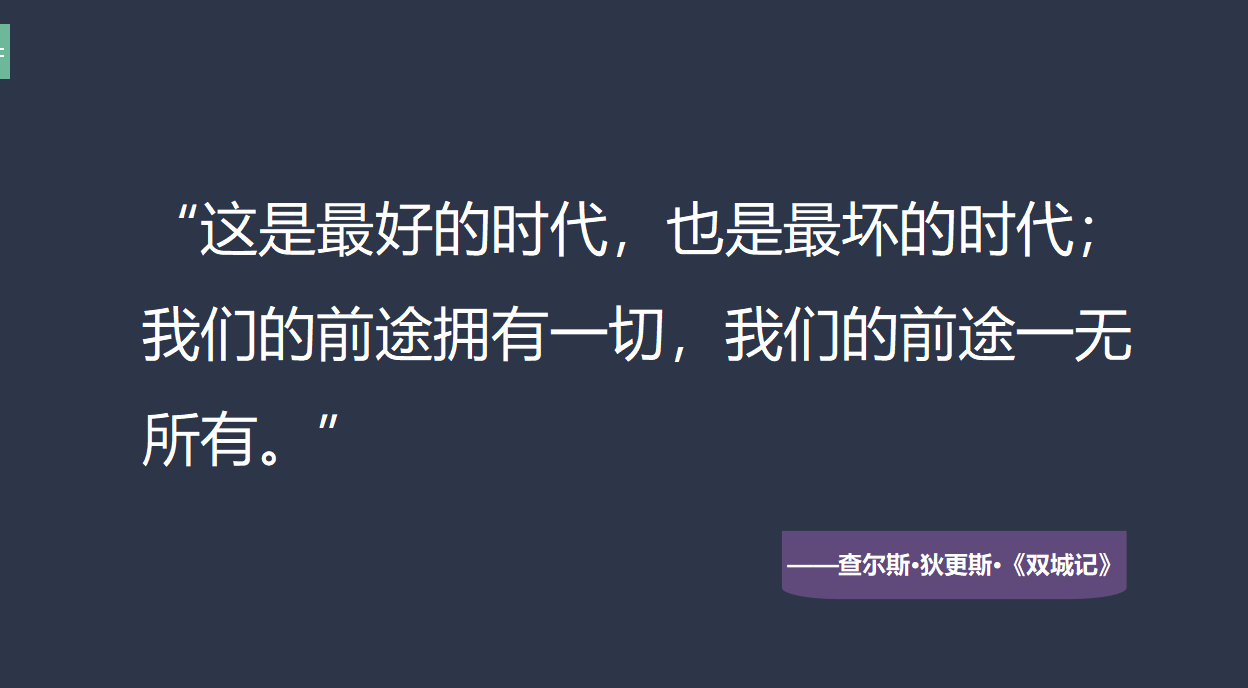
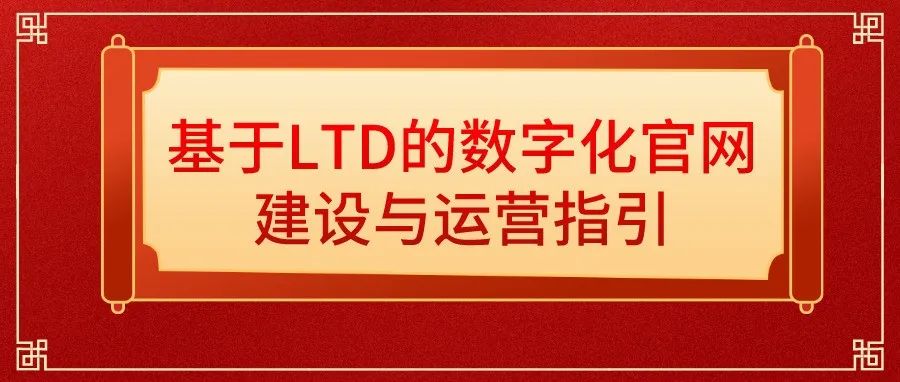



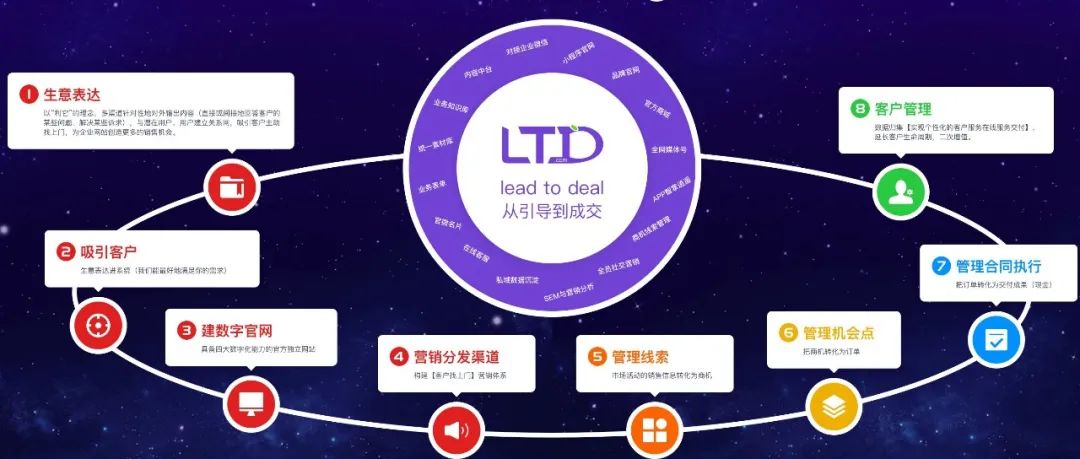

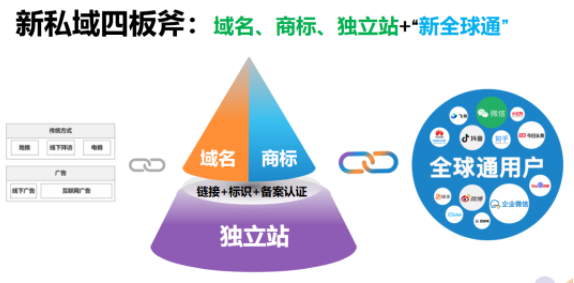

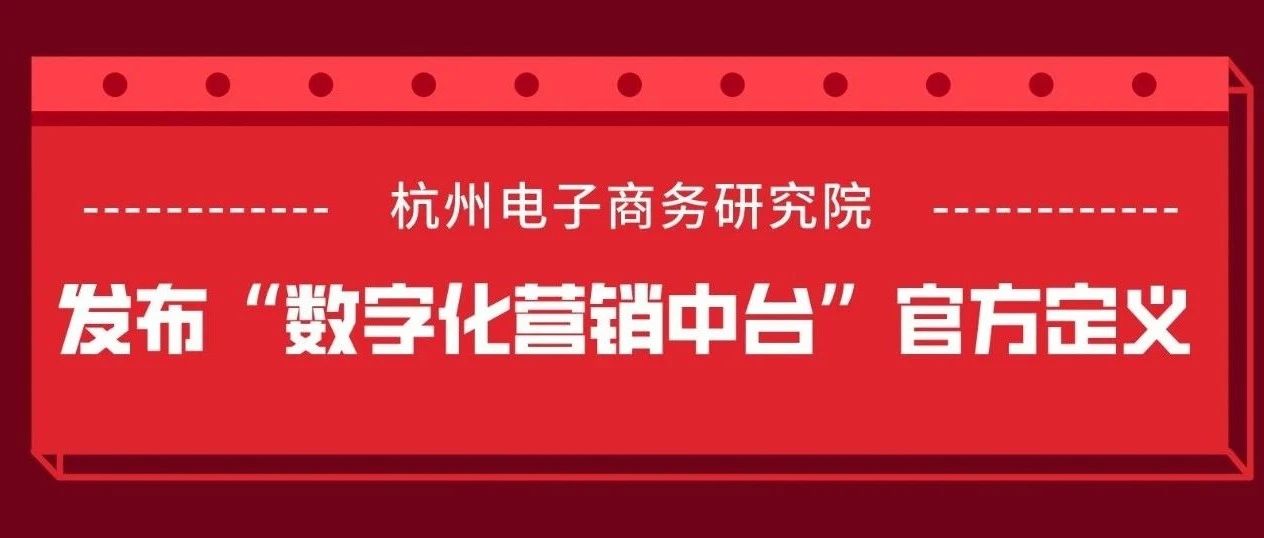



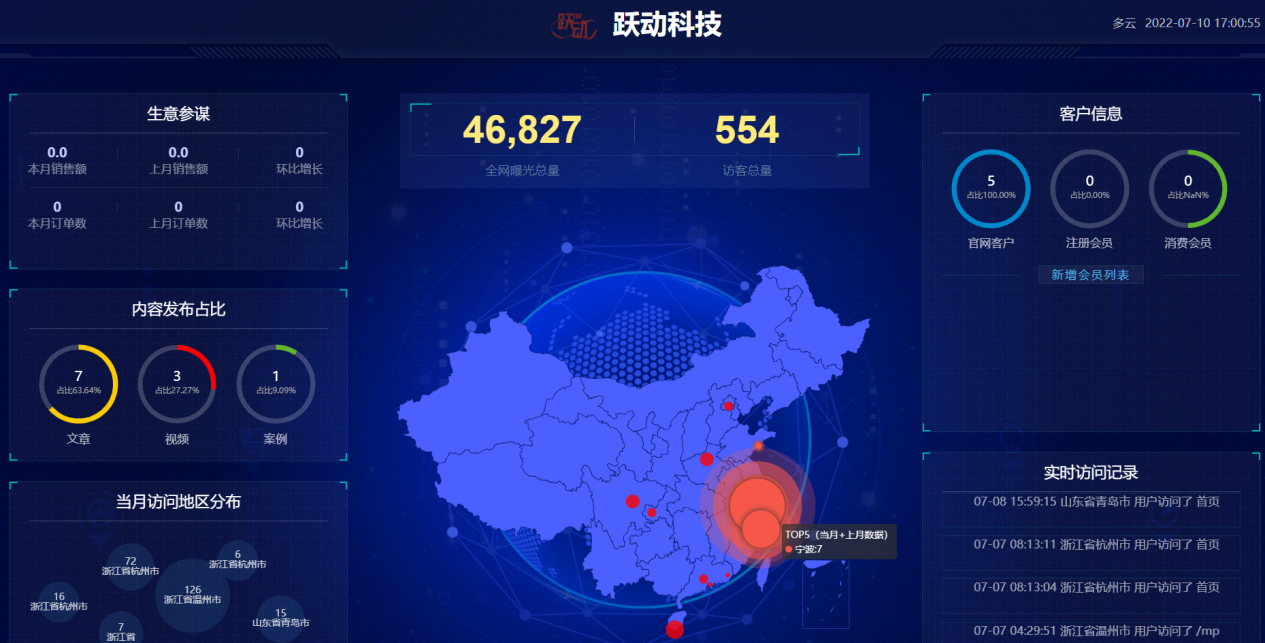
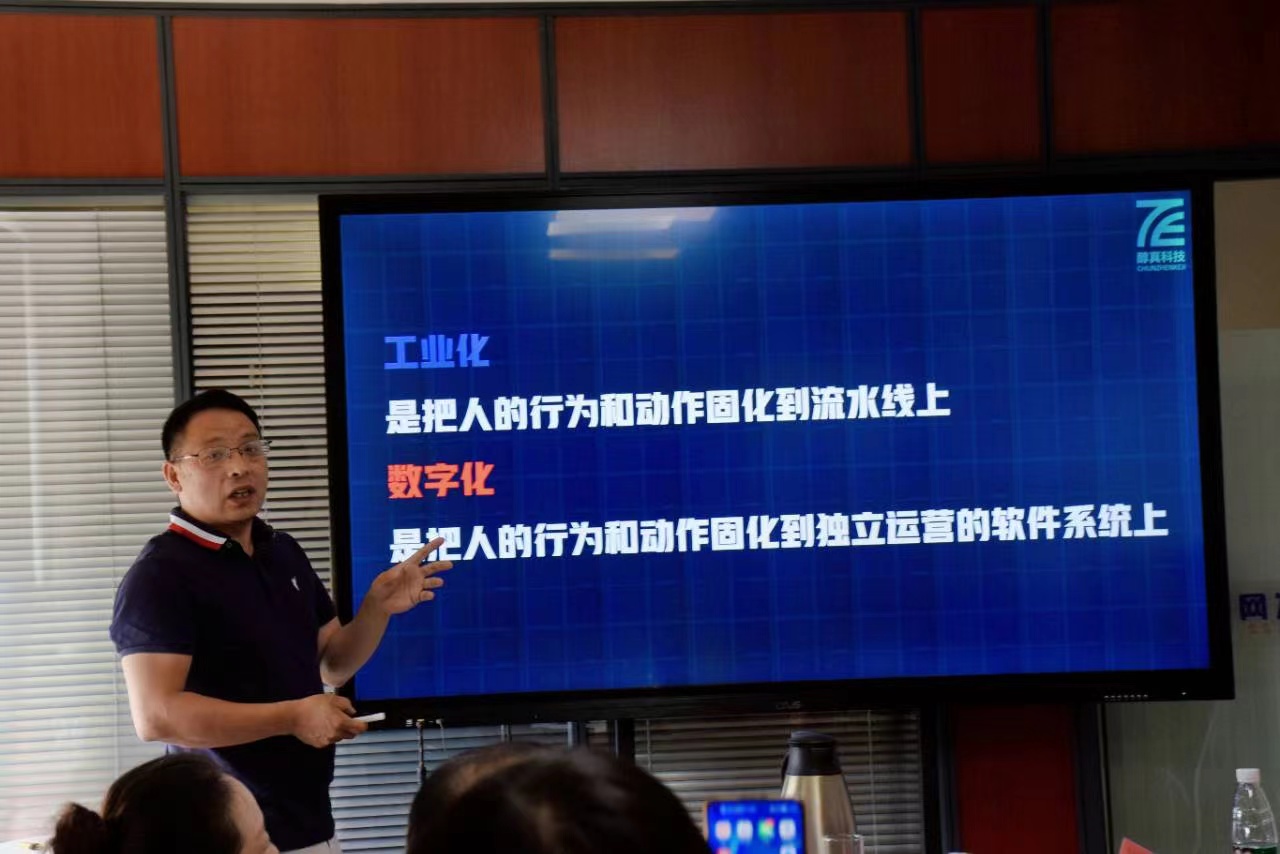


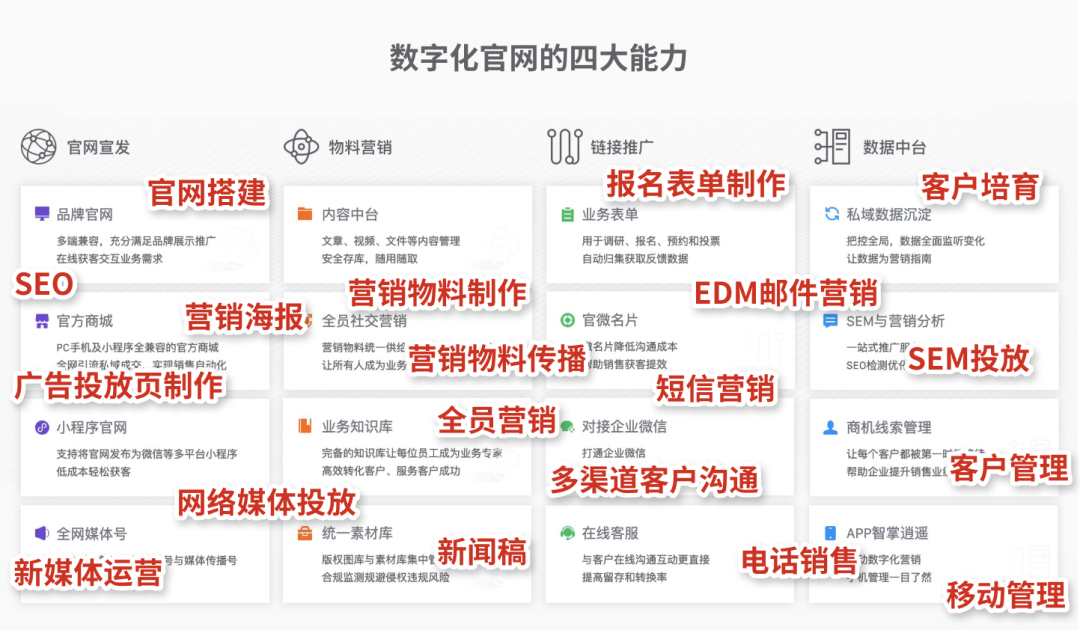














请先 登录后发表评论 ~